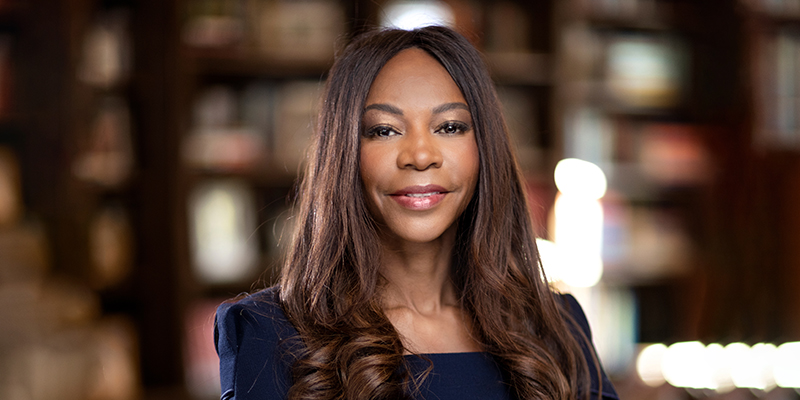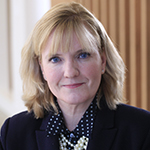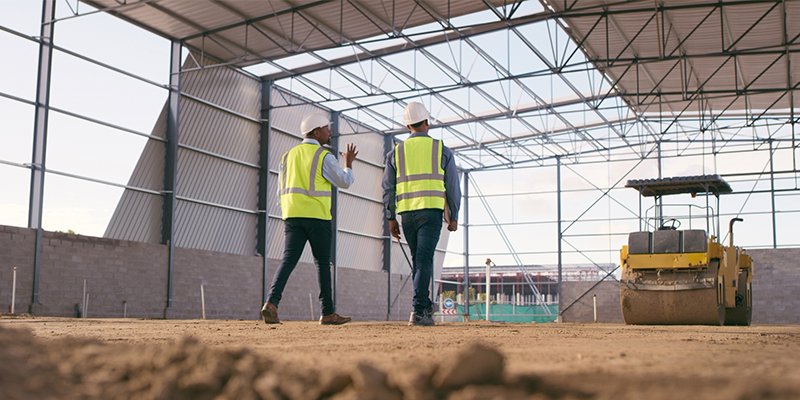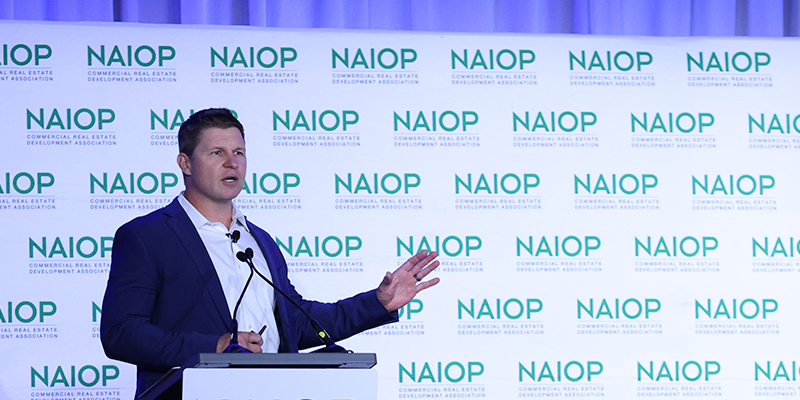What can we learn from the past to better understand the possibilities of the future? Global economist Dambisa Moyo, Ph.D., told attendees at NAIOP’s I.CON East: The Industrial Conference this week in Jersey City, New Jersey, that there are several geopolitical trends impacting the world’s economy that may seem “unprecedented” but have actually occurred earlier in history.
Although she believes real estate as an asset class will remain attractive as a long-term investment, Moyo stated she has a “bearish” outlook on the global economy and that many of the issues we are now facing, such as inflation and a pandemic, should not have come as surprises.
Even before the pandemic hit in 2020, the global economy was already in a precarious place. Moyo had observed many of these issues in her 2018 book, The Edge of Chaos, but the general consensus then was we had time to address looming economic and political disruptions such as climate change, funding entitlement programs, inequality, energy, slow growth and labor issues. However, the pandemic accelerated many of these issues and now we are faced with soaring oil prices, for example, which Moyo predicts will reach $200 a barrel.
Moyo suggested looking to history as a way to understand the current situation in the U.S. and what the future may hold. She described the similarities between the U.S. during the Gilded Age (1870-1900) and the decades following World War II (1950-2008). Both were periods of high economic growth, globalization, small government, open trade, large capital flows and high immigration. However, the decades following the Gilded Age (e.g., The Great Depression) and the post-war era (e.g., The Great Recession) experienced shrinking economies, deglobalization, rising inequality, stock market crashes, anti-immigration sentiment and global pandemics.
Since 2008, we have seen protests on a massive scale, concerns about worker participation, massive central bank balance sheets and more recently, inflation and supply shortages. Moyo predicts this climate of uncertainty will last for several more years with inflation eventually settling around 5%. During this period of unease, Moyo believes governments will increase regulation, corporations will continue to privatize, the supply chain will remain tightened and deglobalization will continue.
However, she does see a silver lining. In the coming decades, Moyo believes the U.S. will reengage with China due to their advancements in technology and science. She sees more technology being used to solve structural problems, especially in areas that have been slow to adopt, such as education and healthcare. Quantum computing will make remarkable advances. And lastly, she sees commercial real estate persevering because of its ability to adapt to climate change and energy needs, while creating demand for infrastructure which will help grow the economy and improve standards of living.
Although Moyo sees more trouble on the road ahead, she remains optimistic about the transformative power of technology and stated some of the greatest innovations have been developed during periods of unease. One way to avoid repeating our mistakes is to call upon government and corporate leaders to use their expertise to systematically plan for reoccurring crises.
This post is brought to you by JLL, the social media and conference blog sponsor of NAIOP’s I.CON East 2022. Learn more about JLL at www.us.jll.com or www.jll.ca.









